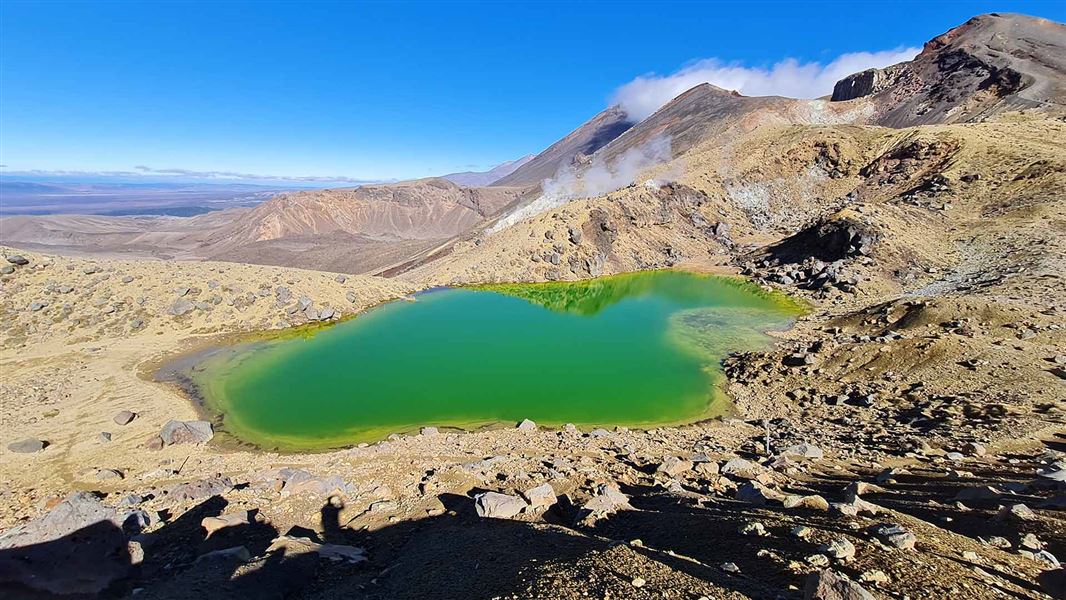During its second expedition to the deepest areas of the East Indian Ocean, the Minderoo-UWA Deep-Sea Research found some similarities with the seabed that is unique to only some areas of the deep sea.
The most recent expedition was to the Diamantina Fracture Zone and southwards, known as the Cape Leeuwin manganese nodule field off the southwest corner of Australia where the seafloor is similar to that found during the previous expedition to the Wallaby Zenith Fracture Zone, some 1000 kilometres west of Western Australia.
Manganese nodules are rock-shaped ore of valuable metals including copper, nickel, and cobalt, that form at between 4000 and 6000 metres over millions of years. It is these vulnerable deep-sea habitats that are targeting by the deep-sea mining industry as the metals within these nodules are highly sought after for use in batteries, electric vehicles and solar panels.
Deep-Sea Centre Director, Professor Alan Jamieson, led the expedition as part of a five-year program to map the deepest parts of the East Indian Ocean.
“As far as habitat goes, manganese nodules are a very unique deep-sea habitat,” Professor Jamieson said. “You have species that specialise in churning through soft sediment, that is then punctuated by vast fields of manganese nodules, and you have a whole different set of fauna that live on that. So, the problem there is that when you start mining manganese nodules, you strip the entire habitat away and, even if you left a certain amount untouched, you’re not going to repopulate the bit you’ve removed – it’s like taking away a rainforest. They’re so finite and vulnerable to this type of destruction.”
The research team has filmed many intricate and beautiful deep-sea species living on the manganese nodules fields. The Centre is cataloguing and identifying them as part of the larger study into the East Indian Ocean.
This largely unseen deep-sea community comprises fish, crustaceans, sponges, anemones, sea spiders, sea cucumbers, and a whole manner of worms all performing ecological functions to keep these millions of year-old habitats healthy.
“One of the most disturbing things we saw on the nodule field was a discarded plastic bottle at 6000 metres,” Professor Jamieson said. “That image represents all the things we shouldn’t put in the ocean, alongside the things we probably shouldn’t take out.”








